After decades of jumping forward and backward through history, the Anno series finally steps into Rome at its peak. As someone who has invested far too many hours into Anno 1404, 2205, and especially 1800, I entered Anno 117 with expectations that were not small. The series is famous for its deep supply chains, intricate economic puzzles, and the slow-burning satisfaction of watching your settlements grow into thriving cities. Anno 117 wears that legacy proudly but takes a different path. Instead of piling on more layers of complexity, it aims for a smoother experience built around smart management, cultural choice, and provincial identity. It still feels like Anno, but the rhythm is different, and that change will land differently depending on what you want from the series.
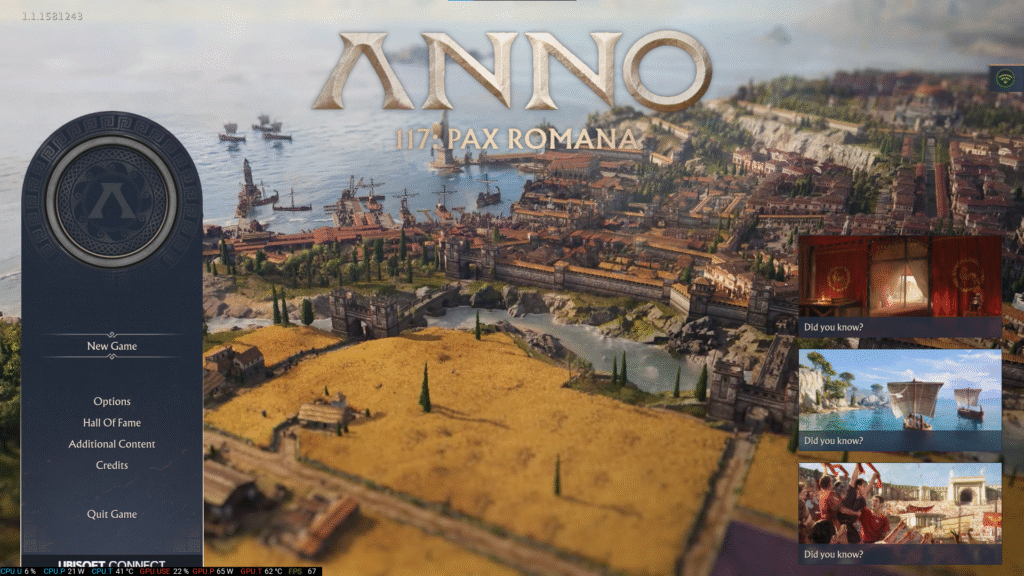
Setting and Atmosphere
The first thing that hits you is the world. Latium’s warm coastline and Albion’s rugged fog feel distinct the moment you place your first road. The artists and environment team did serious work here. Streets curve thanks to diagonal buildings, farms follow the terrain, and cities breathe in a way that older Anno maps never quite achieved. The Roman setting gives the game a strong identity. Temples, villas, pottery workshops, legionary forts, and coastal harbors all contribute to a sense of place that feels grounded. The visuals are not just pretty. They help lock you into the role. As governor, you are shaping provinces that have their own culture and history. The art communicates that without shouting about it.
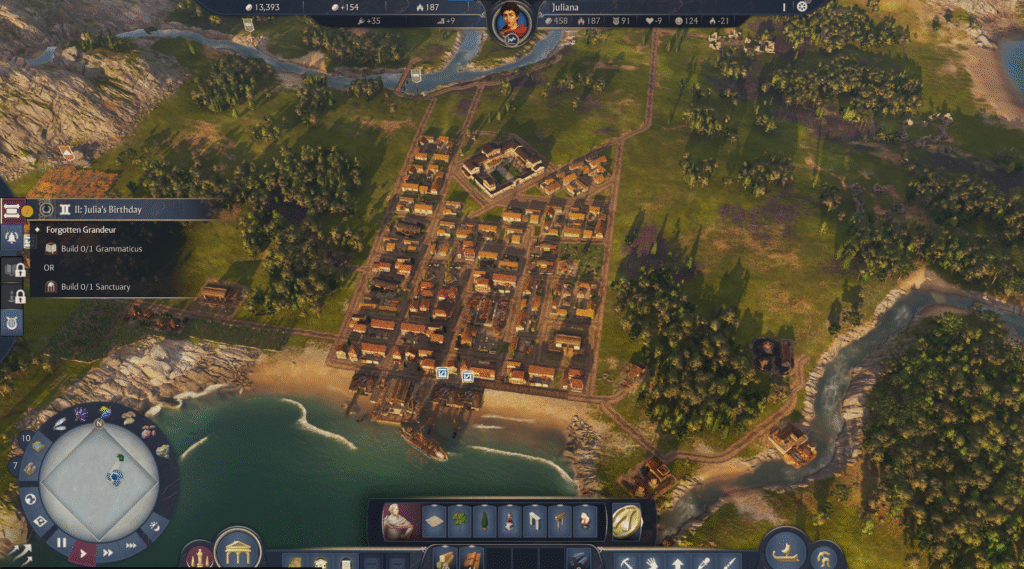
City Building That Feels Good
For long-time players, the building tools are often the heart of the experience. Anno 117 finally lets the series escape the grid. Diagonal roads are not a gimmick. They allow cities to grow in a way that feels natural. You can create plazas that curve around hills, riverside markets that bend with the shoreline, and residential districts that feel closer to how real ancient cities formed. Planning mode is another welcome addition. You can sketch ideas, shift blocks around, and test layouts without wasting resources. Veterans who obsess over symmetry or flow will appreciate how flexible it feels. The core loop of housing citizens, meeting their needs, unlocking new tiers, and expanding trade chains remains intact. It is not as punishing or as deep as 1800, but it is smoother and more readable.
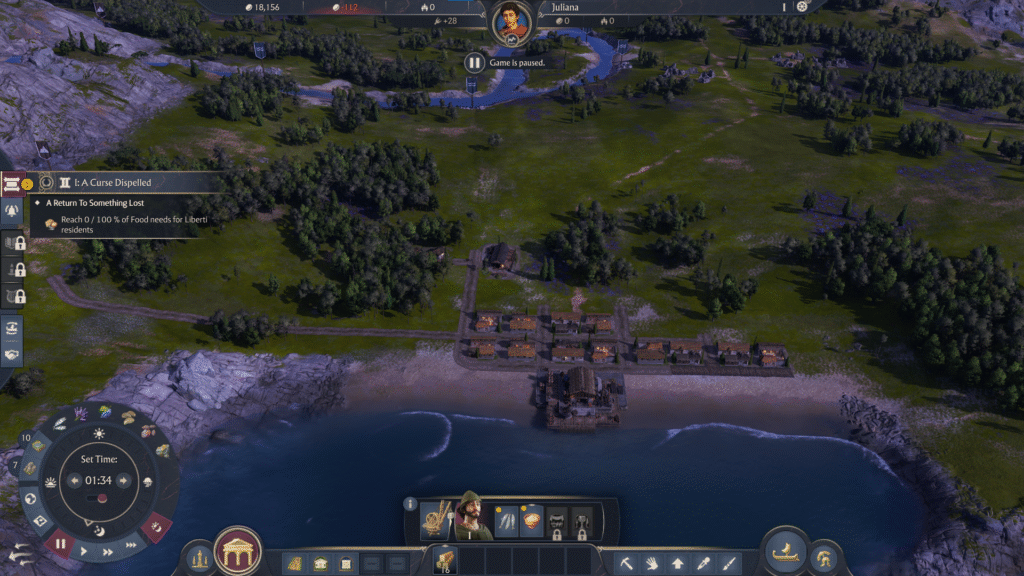
Economy and Resource Chains
The economic systems are streamlined compared to earlier entries. This is not a bad thing if you enjoy momentum and steady progress. If you expect labyrinth-level supply webs, you might find it light. The game focuses on the essentials. Farms, workshops, mills, and factories link together in clean lines. You rarely run into the chaotic shortages that defined older Anno titles. The simplicity makes the economy clearer for new players while still letting veterans chase efficiency. Albion introduces early friction with terrain and resource scarcity, but it never reaches the difficulty spikes of something like 1404’s Venetian trade routes or 1800’s late-game industrial chains. The payoff is that your cities grow consistently instead of lurching between bottlenecks.
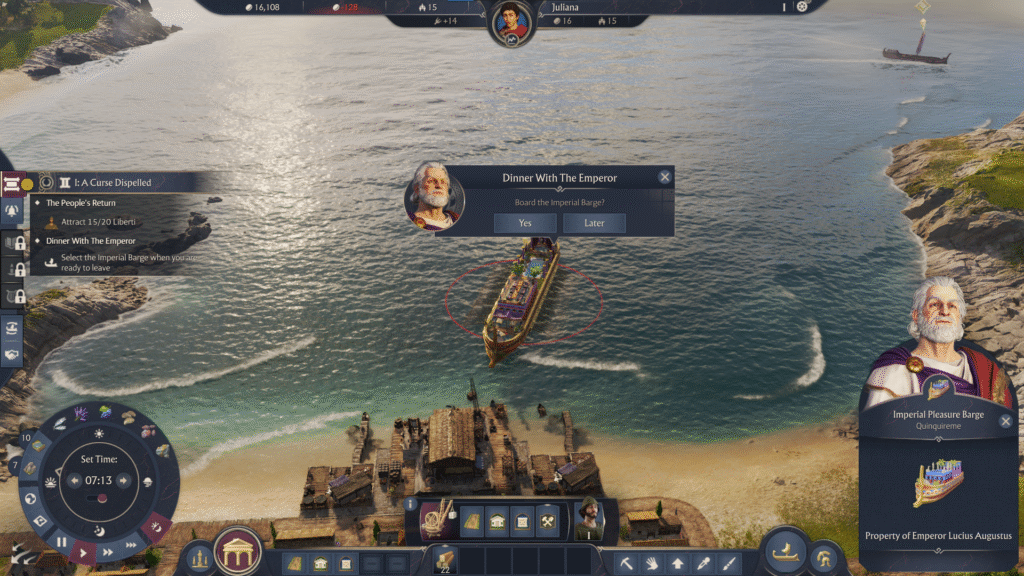
Culture, Governance, and Choice
One of the standout systems in Anno 117 is cultural direction. Instead of just upgrading citizens through pure production, you also influence your province’s character. You decide whether to impose Roman values or support local customs. Each path alters needs, building options, and overall tone. These choices reinforce the roleplay side of the game. You are not just a builder. You are a provincial governor shaping identity. While some reviews have noted that the story outcomes do not change drastically, the gameplay shifts are still noticeable. It gives each new save a slightly different flavor and encourages experimentation.
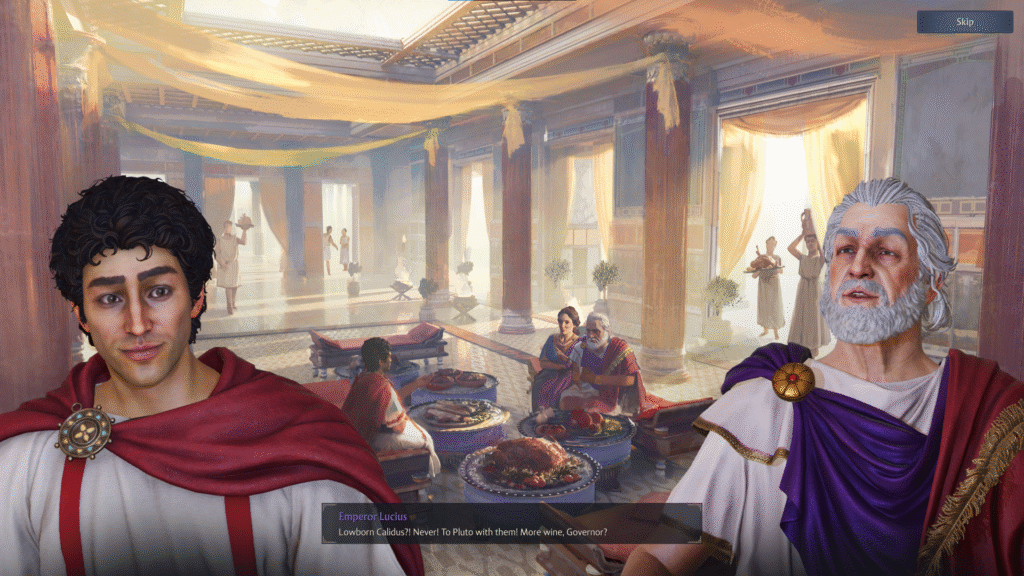
Campaign vs Sandbox
The campaign works well as a guided introduction. It teaches you how your actions influence culture and governance while showing off different terrain challenges. As a veteran player, I found it enjoyable but not memorable. The campaign missions are steady, clear, and structured, but they lack meaningful forks. Most choices feel interesting in the moment, but do not create long-term branching. Once I realized this, I jumped to sandbox mode, where the game truly shines. Sandbox gives you room to build the way Anno is meant to be played. Long sessions, slow expansions, and that steady satisfaction of watching a province turn into a thriving Roman city.

Diplomacy and Conflict
Combat has never been Anno’s strongest suit, and Anno 117 does not change that. Ground battles exist again, which longtime players will appreciate, but the system remains simple. You build legions, position them, and send them to either defend or expand. There is a strategy here, but not depth. Naval encounters feel similar. They are functional and occasionally tense, but they do not hold the same weight as the economic game. Diplomacy is more interesting. You can grow your influence through trade, culture, and negotiation. It is possible to solve most conflicts without relying on armies if you choose that path. For players who prefer peaceful expansion, this is a strength. For those who want a more robust military layer, it will feel underdeveloped.

Performance and Technical Notes
Even with a polished presentation, the game has some rough edges. Performance can dip on mid-range hardware. Large cities stress the GPU more than expected, and some users have noted specific bugs related to fire systems or random stutters. Nothing I encountered was game-breaking, but it reminded me that the game could use another round of optimization. On the positive side, stability is solid. Crashes are rare, load times are reasonable, and the UI is cleaner than past entries.
Real Talk
Anno 117 is not the most complex Anno ever made, but it is one of the most enjoyable. The Roman setting is rich, the building system is the best the series has seen, and the cultural mechanics give the game a unique identity. As a veteran player, I appreciate how confidently it knows what it wants to be.
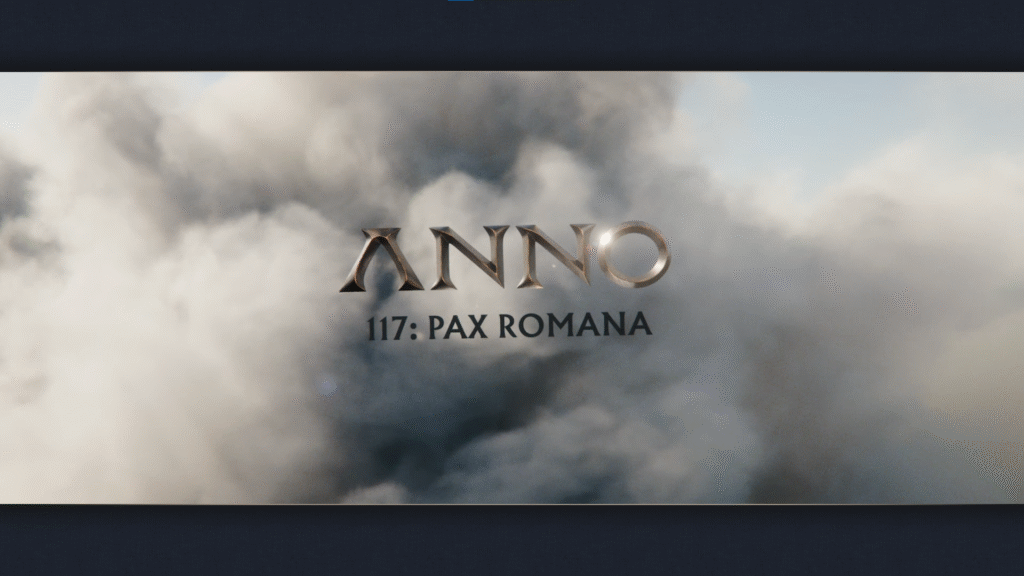
FINAL SCORE: 85/100
Anno 117 Pax Romana Review
Anno 117 Pax Romana ReviewThe Good
- Great visuals and convincing Roman atmosphere
- Diagonal building and planning tools make city design smoother
- Clean, approachable economy with steady progression
- Cultural direction system adds flavor and replay value
The Bad
- Mechanics may be too simplified for veterans
- Some performance issues on mid-range PCs
- Campaign choices feel shallow






